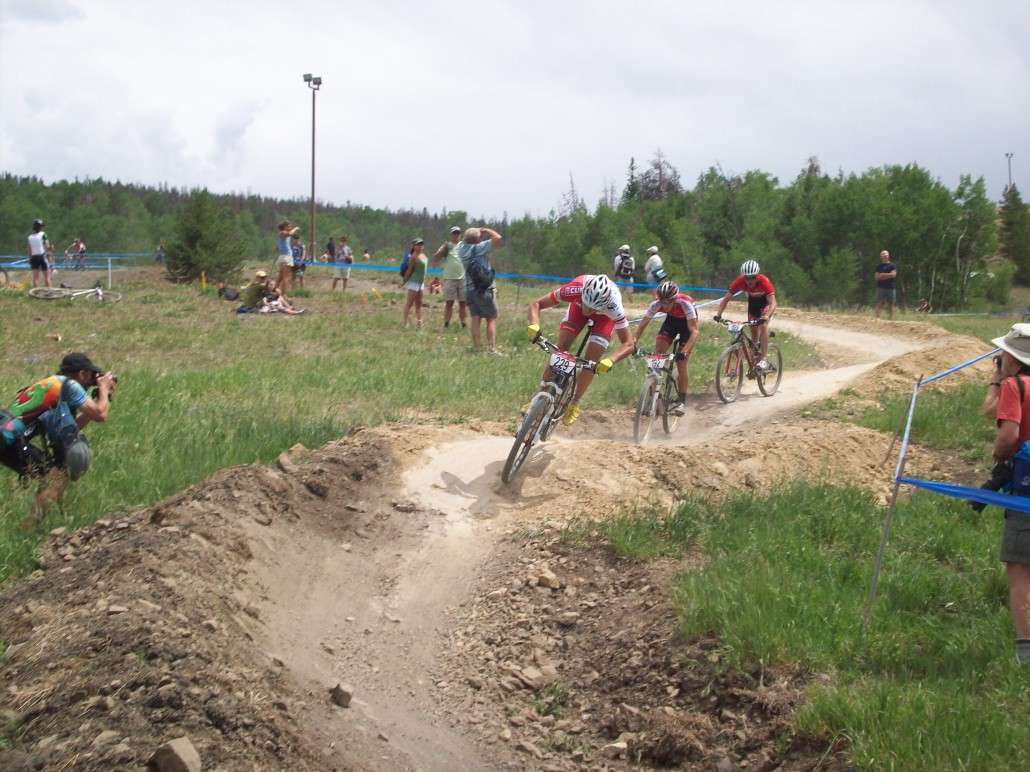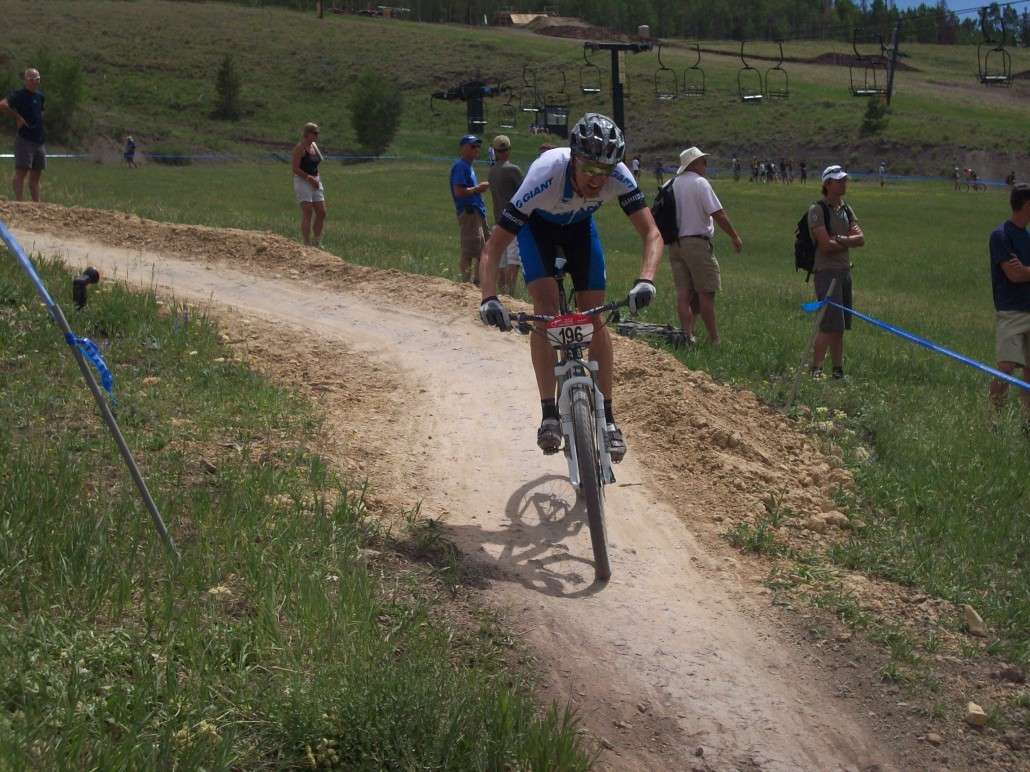On trail you aren’t doing what you know you are supposed to do! Every riding “tip” you have heard or read isn’t working because you don’t mountain bike with the part of your brain that listens to those tips! I know because I was a frustrated, professional mountain biker racer with 10 years of mtb experience who realized that I was looking down, a lot! Despite being a former professional snowboard racer and a snowboard race coach who was always stressing the importance of looking ahead (and was damn good at looking ahead on a snowboard). The listening part of your brain is great at mental tasks, solving math problems, remembering your childhood phone number, reading this blog and THINKING! When riding our bikes we don’t want to think! As a matter of fact thinking is the worst thing we can do. When we are mountain biking well he are simply doing, not thinking, not trying, we are on “auto-pilot” and just doing! Riding a bike is a lot like driving a car, have you ever gotten home from work and as you pulled into your driveway thought, “how the heck did I get home”? You don’t remember the route, you certainly don’t remember turning on your blinker, applying your brakes at a stop sign, looking both ways and then turning left. You don’t remember because your “big”, conscious, thinking brain isn’t being used to do the task of driving.
You don’t mountain bike with your “big brain” because your cerebellum (“little brain”) controls your motor skills and the best way to teach it is through practice. When I explain something to you your “big brain” says, “yes, that makes sense, I will do that from now on” but your “little brain” will go out and do what it is used to doing, not what I just taught you. This is the reason coaches invented drills for sports, musical instruments and even math, because there is a big difference between understanding and doing.
I bring all of this up because when I was out riding on Saturday I saw the most interesting thing. I was descending and saw a rider climbing the trail I was going down, so I pulled over to give him is right of way and watched him climb. He was staring right in front of his front tire, for at least 30 seconds! Yet, this guy works for a large bike manufacturer and has been riding for nearly two decades. I know if you asked him, “is it important to look ahead?”, he would say “yes”! Yet, he wasn’t looking ahead, not even for a second and he was weaving all over the trail and really struggling. So he knows to look ahead but isn’t doing it because he hasn’t taught is body and his cerebellum to look ahead.

Wow, pro xc racer looking straight down at the entrance to an easy banked corner at the National Championships!
When you are just learning any new motor skill involving the performance of complex sequenced movements like mountain biking or talking or writing, etc., you use your primary motor cortex, your primary sensory cortex (in order to monitor how your muscles are moving) and two other regions of the brain called the caudate nucleus and thalamus. The role of the caudate and the thalamus is to help coordinate and smooth out the movements in response to how the movements feel to you. They also help you to speed up your movements as you become a better rider.
After you become a highly experienced mountain biker, another region of the brain usually takes over; it’s called the cerebellum (or little brain). Whenever we perform a well-learned movement we access our cerebellum to retrieve the memory of how to move our muscles quickly, efficiently and without thinking. This is why thinking while riding usually gets in the way of riding well. Once you know the movements needed to do the skills to ride well, the cerebellum allows you to execute them without thinking about how to do those skills.

Another Pro XC racer looking down (and way out of position). So sad to spend all that time and energy training to be that fit only to lose 2-3 minutes an hour because of poor vision techniques!
In the case above (experienced rider looking down) he has practiced the incorrect method of looking down so much that now is cerebellum is telling him to look down. If he gets wise to the importance of looking ahead it will take months of doing structured vision drills to reprogram his cerebellum so that he starts looking ahead on the trail. A great case of you aren’t doing what you know you are supposed to do.
Through this blog, our free mini-course and our camps we really want to help you to ride your best. Please don’t let your ego trick you into thinking that because you “know” a particular skill that you are actually doing it. I have had the pleasure of coaching motocross racers, GP motorcycle racers and car racers, all sports which require looking way further ahead than we do on mountain bikes (because of their much greater speed). The interesting thing was they were all surprised (and often angry) at how much they caught themselves looking down on their mtb. It surprised me too! It turns out that “little brain” training is sport specific. So do the drills in our mini-course, do the drills in our blog articles and if you have been fortunate enough to take one of our camps do the drills from the camp. Knowledge is worthless until you can consistently put that knowledge into action!
Create your best ride yet,
Gene





Comments